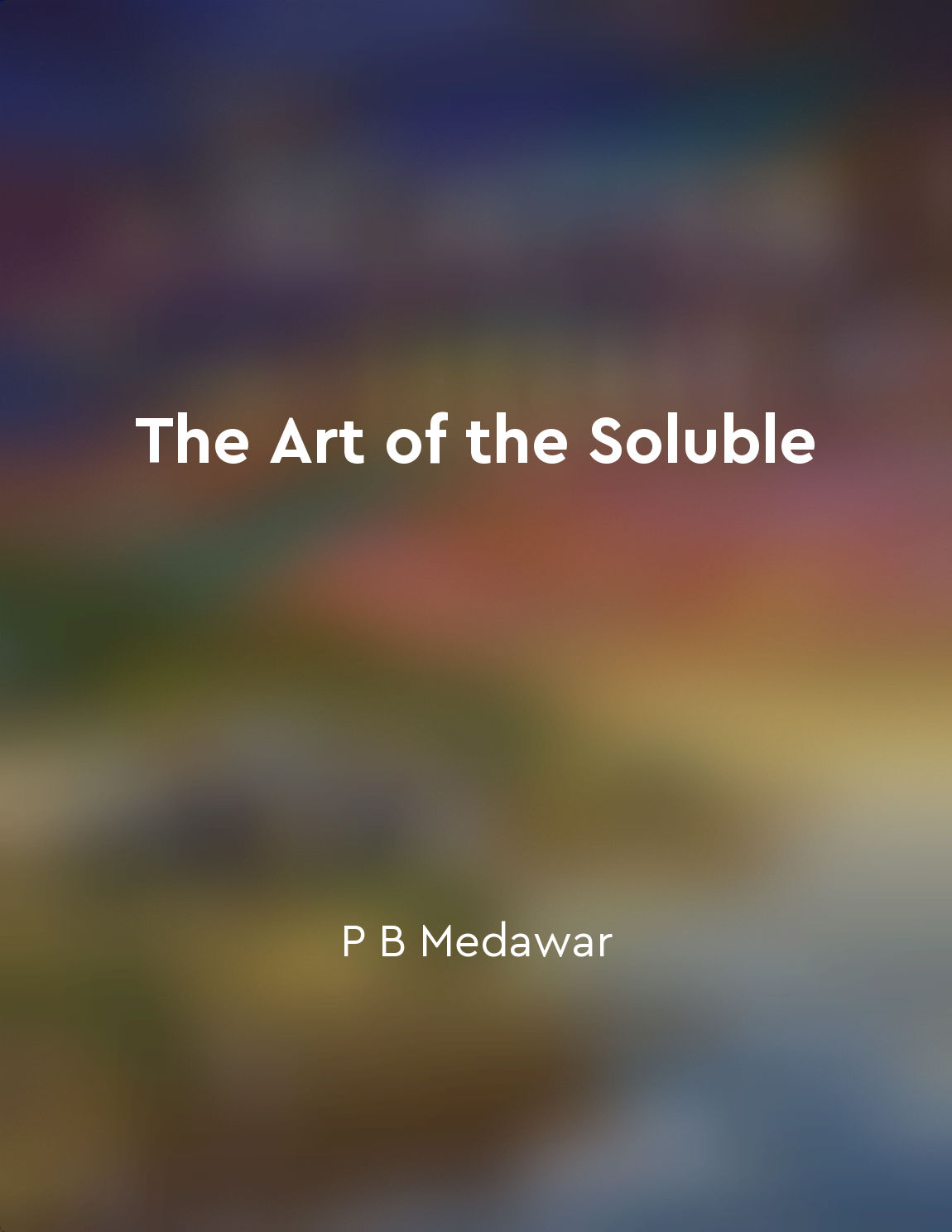Crisis provokes scientific innovation from "summary" of The Structure of Scientific Revolutions by Thomas S. Kuhn
According to Thomas S. Kuhn, scientific revolutions are often sparked by crises within a particular field of study. These crises can take various forms, such as anomalies that cannot be explained by the existing scientific paradigm or the accumulation of conflicting data that challenges established theories. When faced with such crises, scientists are forced to reevaluate their assumptions and methodologies, leading to a period of intense debate and uncertainty. It is during these moments of crisis that scientific innovation is most likely to occur. In order to resolve the anomalies and contradictions that have arisen, researchers may need to adopt new perspectives, explore alternative hypotheses, or develop novel experimental techniques. This process of creative problem-solving can ultimately lead to the emergence of a new scientific paradigm that better accounts for the phenomena under investigation. Kuhn argues that this process of paradigm shift is not simply a matter of gradual accumulation of knowledge, but rather a radical restructuring of scientific thought. The new paradigm represents a fundamental change in the way that scientists understand the world, requiring them to abandon old assumptions and embrace new ways of thinking. However, the transition from one paradigm to another is not always smooth or straightforward. Established scientists may resist the new paradigm, clinging to the familiar theories and methodologies that have served them well in the past. This resistance can lead to protracted periods of scientific controversy and conflict, as proponents of different paradigms vie for dominance within the field. Despite these challenges, Kuhn maintains that crises are essential for the progress of science. It is through the process of grappling with anomalies and contradictions that researchers are able to push the boundaries of knowledge and bring about transformative changes in scientific thinking. In this way, crises serve as catalysts for scientific innovation, driving researchers to question established beliefs and explore new possibilities.Similar Posts

The natural world is governed by laws that can be understood through observation and experimentation
The idea that the natural world operates according to discernible laws that can be uncovered through careful observation and co...
Academic politics in the scientific world
The scientific world is a place where ambition and competition can sometimes overshadow the pursuit of knowledge. Academic poli...
Intellectual curiosity as a driving force
The relentless pursuit of knowledge propelled us forward, driving us to unravel the mysteries of the double helix. Curiosity fu...

A scientist must be willing to accept uncertainty and ambiguity
The pursuit of scientific knowledge is a noble endeavor fraught with challenges and obstacles. One of the fundamental principle...
Science does not provide all the answers
The limitations of science are not a matter of technique or technology; they are inherent in its subject matter. Science deals ...
